“I do love a shag”, presenter Megan McCubbin stated as she watched the live cameras at Hauxley Nature Reserve in the recent BBC Springwatch series. With those words, she created a bit of a furore on Twitter and prompted some completely inaccurate articles on The Sun and Express websites. While journalists said that she was innocently referring to the bird’s feathers, rather than sex, many bird lovers will know she was referring to one of our sexiest seabirds.
Let’s get serious
Yes, the European or common shag is another bird with a comedy name (see: great tit for more sniggers) but it is also a super-sleek fishing machine. Often confused with the cormorant (including by me until I encountered them regularly), adults in breeding plumage have the air of a serpent with a green-tinged sheen to their scaly-looking feathers.
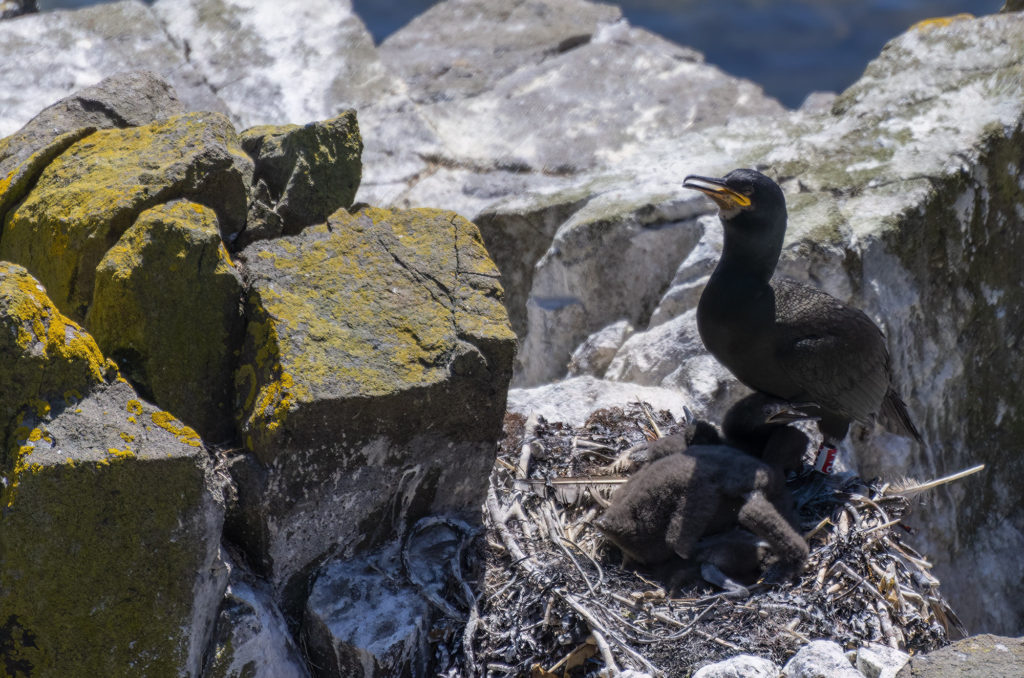
However, it is the fancy crest on their head that gave this species its name, as it means ‘tufted’. When identifying the younger birds, it is important to remember the structural features. In shags this is the thinner bill and steeper forehead as well as their more slender body shape. Also, juvenile shags have a largely yellow bill and white chin patch.
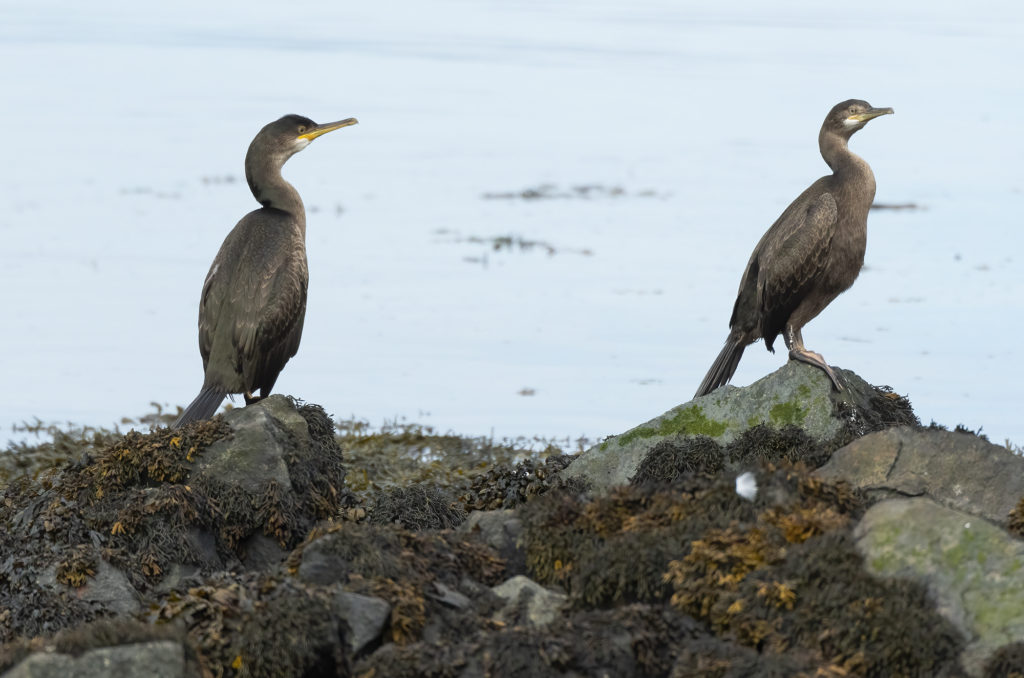
As with so much of the UK’s wildlife, the shag is a species in trouble. In 2018, researchers surveyed an uninhabited island off the west coast of Scotland and discovered that more than a quarter of all nests on the island contained plastic. However, species were affected differently; 80% of shag nests contained plastic, whereas only a third of gull nests contained plastic. This difference is likely at least partly due to nest-building behaviours; species like gulls build new nests each year, whereas species like shags reuse their nests each year – any plastic will build up over time. They are also a Red List species because more than half of their population is found at fewer than 10 sites.
Shake it off
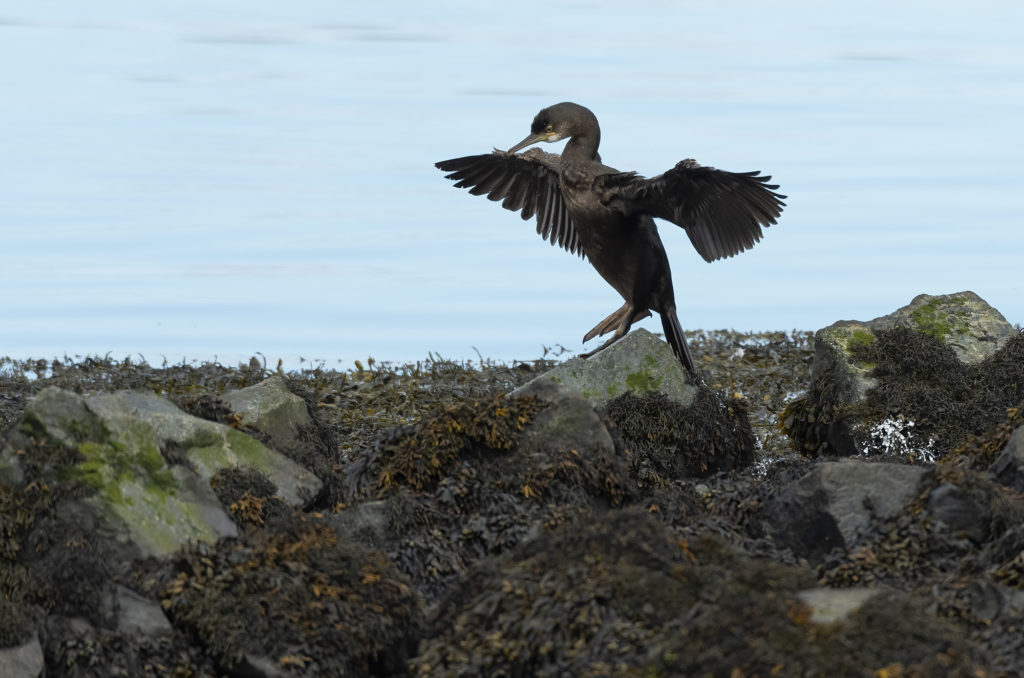
So, with these challenges in mind, I could barely contain my excitement to see numerous juveniles honing their skills on a recent walk near Port Glasgow. Like many seabird species, they are ungainly on land. The individual shown below slipped and staggered about the rocks before shaking off the water from its feathers. I was saddened to notice the fishing spinner attached to this bird above its leg while processing the images. It seems that we can’t help creating more problems for these birds.
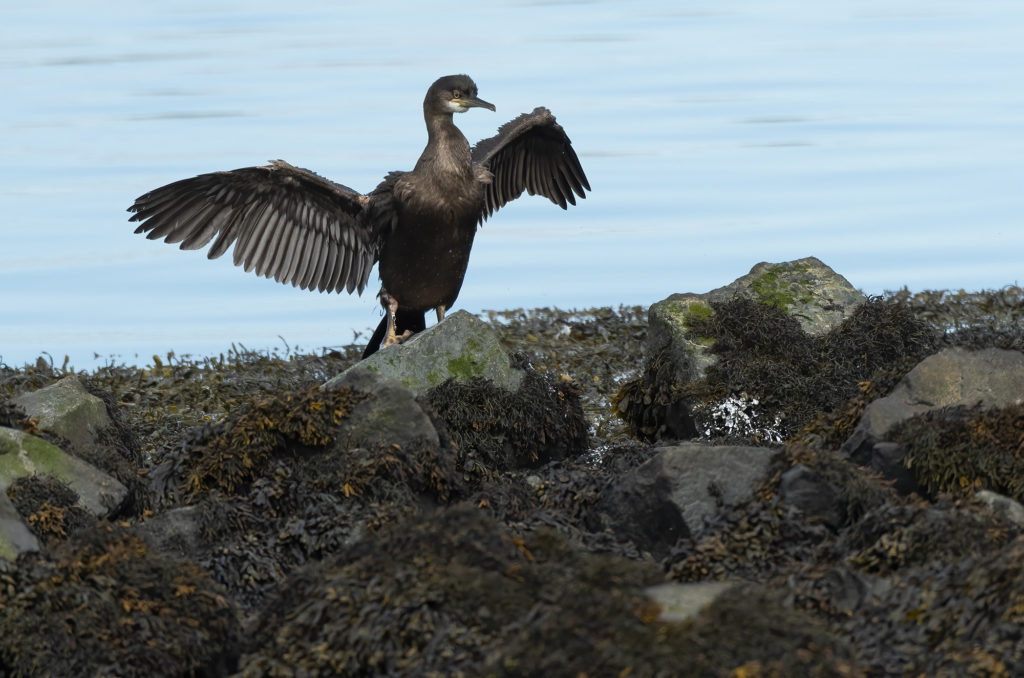
Fishing frustration
Shags perched and shaking their wings don’t provide much of a photography challenge. Hunting shags, however, are another story. Patience is required so that you can get into the rhythm of how long they stay at the surface before they dive, which is usually only a few seconds. The longer you watch an individual, the easier it is to predict. It’s also worth remembering that these birds are exceptional divers and can travel down to depths of up to 45m. So, they are frustratingly likely to surface some distance from where you last saw them. Having eyes in the back of your head would help.
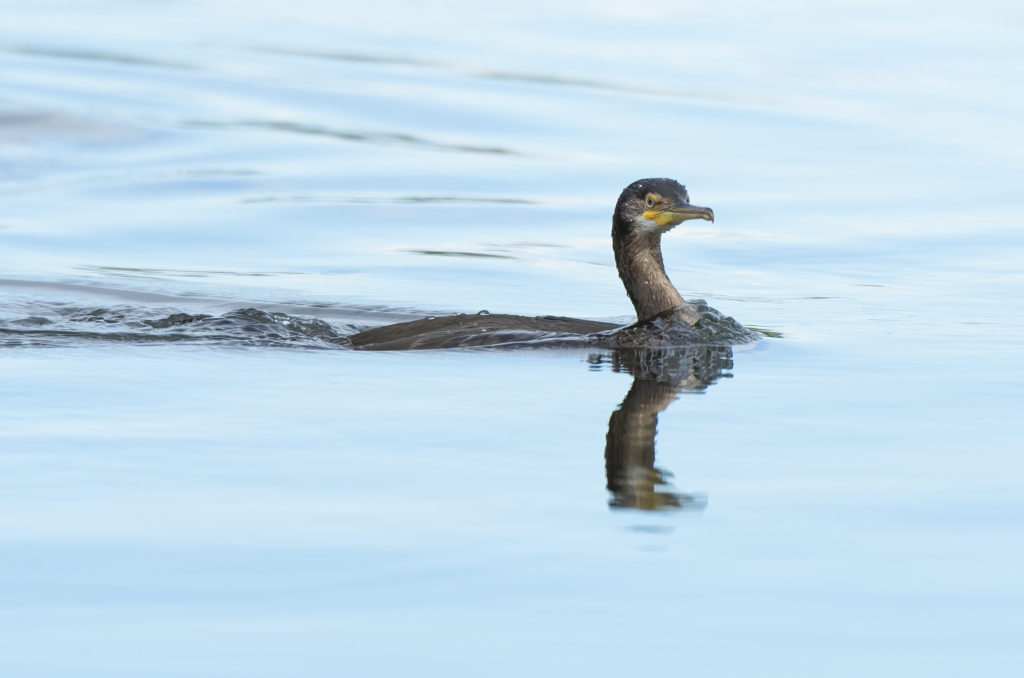
Persistence is worth it, though – particularly when you manage to capture a successful hunt. I love how shiny they look with the light reflecting off their slick feathers.
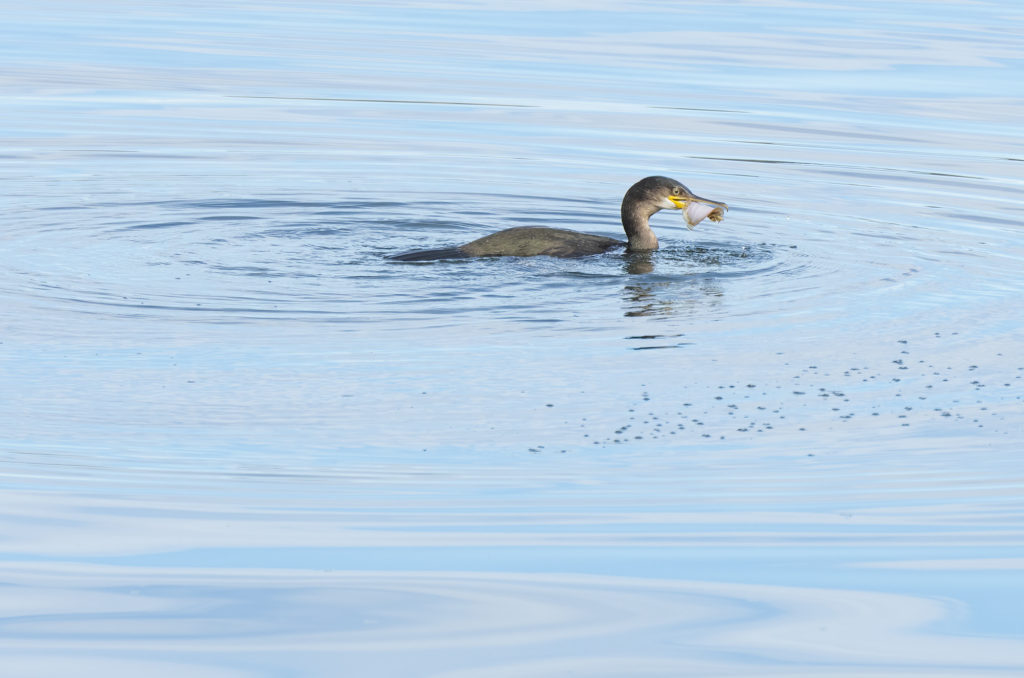
So, the next time you hear someone pointing out a “lovely shag” at a coastal location, resist the urge to laugh. Instead, pause to marvel at this super-sleek seabird with some serious fishing skills.

